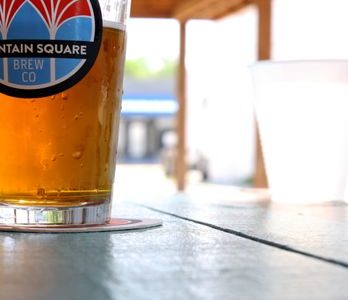By Kurt Wieneke
Port wines are custom-made for winter, the season where you need the warmth! Real port is from Portugal, and the vineyards used to produce port are located along the steep, rocky slopes of the mighty Douro River in northern Portugal. Interestingly, the name “Port” actually refers to the coastal city of Oporto, at the mouth of the Douro, where port wines are exported. The red grape varieties used in making port are mainly Touriga Nacional, Touriga Francesa, and Tinta Barroca. These grape varieties are native to Portugal and have been grown there for centuries, dating back to the mid-1700s.
Many types of ports are blended, but I would like to cover three different types of vintage ports, and by the term vintage, I mean ports that were made with grapes grown during a certain year, for example, 1997 or 2007.
Vintage Port – Also known as VP, Vintage Port is the flagship wine and brand representative for all port producers. The most famous and well-known port producers are Taylor, Fonseca, Graham, and Dow, but, of course, there are many other port houses. Vintage Port is made only in the best years, where annual climate conditions were exceptional. On average, there are only three times in a decade that a vintage is “declared,” meaning the port producer has decided to select the best barrels from all of their quintas (vineyards), and issue their supreme blend from that year – dubbed as Vintage Port.
Single Quinta – Known simply as SQVP, Single Quinta Vintage Port is produced only from a single year and a single vineyard. The port houses are in business to make money, so they need to issue a port to the market every year. In these interim years where the vintage is not declared, the producers will release a port from their most famous of quintas. Each house has their finest vineyard based on location, aspect, and soil – Taylor’s has Vargellas, Fonseca has Guimareans, and Graham’s has Malvedos.
Late Bottled Vintage – LBV is the moniker for this type of vintage port. Late Bottled Vintage Ports also show the year on the label and are solid examples of port from a single vintage. They are also very affordable ports that run about half the price. The process for making LBV’s is different – these ports age in the barrel for four to six years before they are bottled, and in some cases are allowed to age a few more years in bottle before being hitting the market. This “pre-aging” process essentially smooths out the port and renders some aged flavor characteristics, making LBV’s ready to drink upon release.
If you are finding yourself in golf hibernation and looking for some warmth this winter, why not settle next to the fireplace with a “vintage” glass of port?










